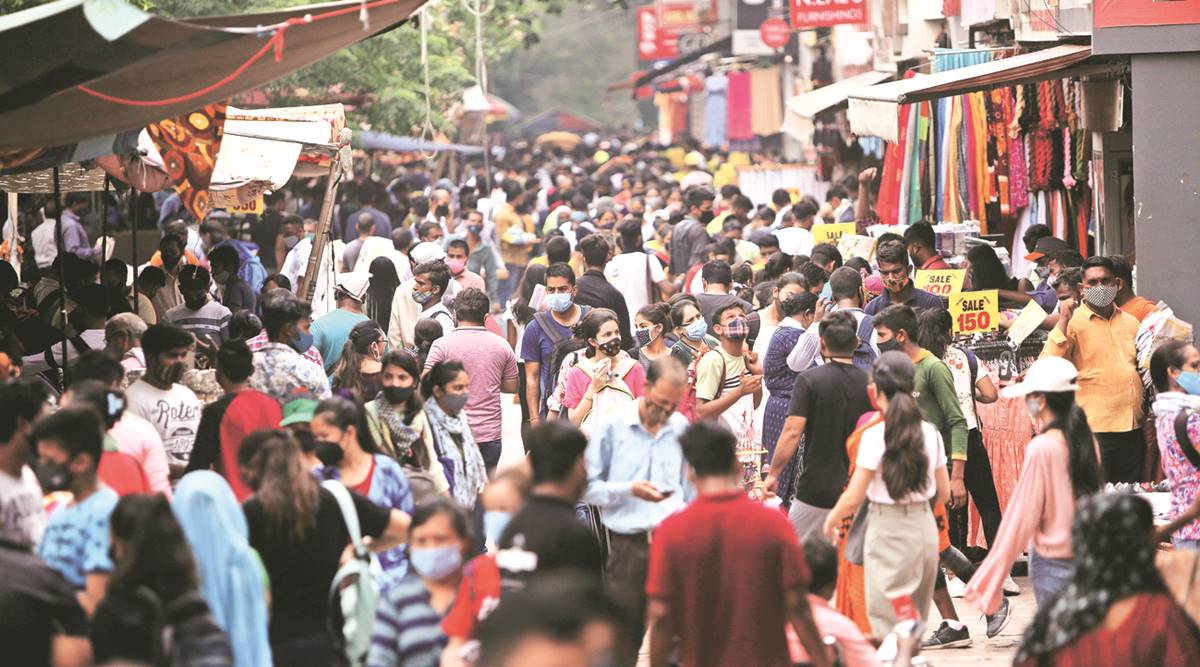Recently, population control measures are being discussed by the states of Assam and Uttar Pradesh. Many other states like Rajasthan, Madhya Pradesh, Telangana and Andhra Pradesh, Gujarat, Maharashtra, Uttarakhand, Karnataka and Odisha have for some time been following a two child standard for elections of local bodies.
Bill proposed by Uttar Pradesh Law Commission suggests people with one or two children to be eligible for benefits in terms of increased job promotions, monetary benefits, health coverage benefits and many other benefits. More than two children can lead to penalties such as exclusion from government jobs and local body elections, and the limitation of ration cards to four people. The proposed logic is that a decline in population will allow the UP to achieve sustainable development goals and an equitable distribution of resources.
India’s population exploded between 1930 and 1980, with a decadal growth of 11% in the 1931 census rising to around 25% in the 1981 census. of the 2011 census, India recorded a ten-year growth rate of 17.1%. Table 1 shows that the UP has started to show a downward trend over the last decade, which is a positive sign towards stabilization of the population. A Lancet study in 2020 projected that the population of India will peak around 2048 to 160 crore and thereafter it will decline and reach around 109 crore around 2100.
The total fertility rate at the national level is 2.2 births per woman according to NFHS-4, 2015-16 (NFHS, 2015-16). The TFR is expected to drop to 1.24 by 2020. Several states already have a TFR below the national average. Uttar Pradesh also experienced a decline in TFR from 4.8 children per woman in 1992 to 2.7 children per woman in 2016 (Table: 2). This is despite a drop in the infant mortality rate from 83 in 2000 to 43 in 2016 (Health and Family Welfare Department, UP, 2021).

Current contraceptive use of any method for India is 53.5%. Studies suggest that the sexual composition of children is associated with the use of contraceptives in India. Couples with four or more children are more likely to use modern contraceptives when they have at least one son and one daughter. They are less likely to use contraceptives when they have only daughters and no sons. For states like UP, contraceptive use of any method has been below the national average, and unmet need is quite high, around 18% (Table 4). In such cases, the state should focus on providing a basket of choice to the family.


We also see that there is a decrease in the TFR both for the national level and for the UP, with the years of schooling. Moreover, states like Kerala and Punjab with a TFR of 1.6 indicate the same. From Table 5, it is clear that the uneducated female has a high TFR of 3.07 for India and 3.5 for PU. As education levels increase, the TFR decreases to 1.71 for India and 1.9 for UP for more than 12 additional years of schooling. Studies have also indicated the same in the case of UP. Higher fertility was concentrated in districts with low levels of female education, mainly in the north-central UP.

In India, the number of girls missing at birth rose from 35 lakhs in 1987-96 to 55 lakhs in 2007-16. Bringing in such a population control bill will get worse in states where sex-selective abortion is still practiced. While there was an overall improvement in the sex ratio from 898 females per 1,000 males in 2001 to 912 in 2011, the sex ratio for children (0-6 years) experienced a drop from 916 to 902 over the of the same period in UP. This should be cause for concern as any coercive measure is likely to worsen this ratio against girls. Given the large population and geography of UP, family planning and fertility should be targeted. Bringing about educational reforms and giving choices in family planning would work more appropriately. This would lead to an overall improvement in state fertility outcomes as well as at the national level.
Bajaj is M Phil in Population Studies from International Institute of Population Science, Mumbai and Sandeep Pandey is Vice President of Socialist Party (India)

